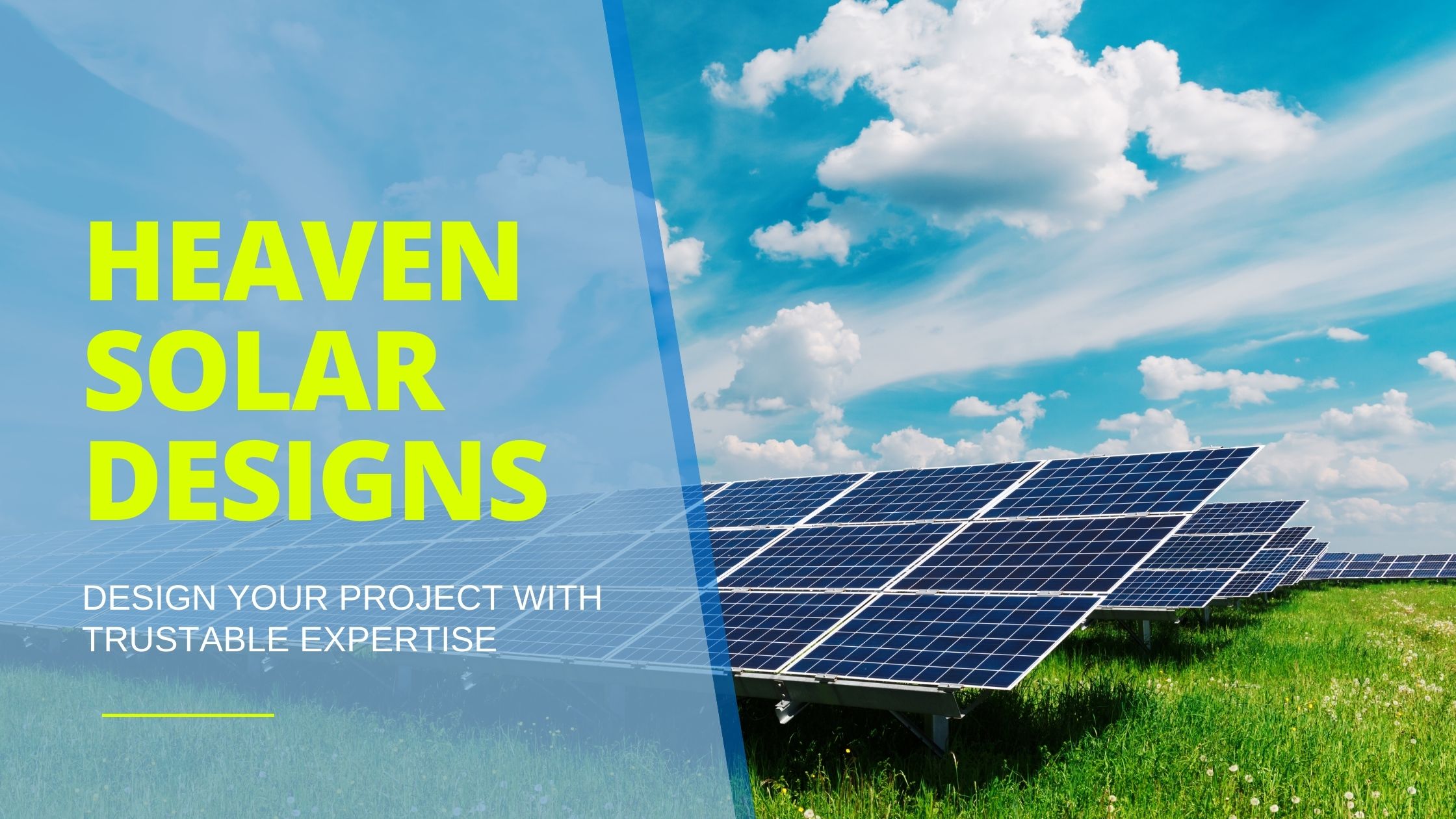In our previous articles, we explored the types of solar panels, how they function, and the current status of solar power in India. Now, let’s dive into something a bit different—a fascinating arrangement for solar panels that could significantly boost their efficiency: the auto-tracking system.
Up until now, we’ve talked about the inclination, arrangement, and maintenance of solar panels. But what if we could make the panel’s position more flexible, allowing it to move and follow the sun as it moves across the sky—just like a sunflower does? This idea of “tracking” the sun throughout the day led to the invention of the auto-tracking solar panel. Let’s break it down.
So, What is an Auto-Tracking Solar Panel?
An auto-tracking system is essentially a device that moves the solar panel to face the direction where the sun’s intensity is the highest. The idea is simple: if the panel can follow the sun, it can absorb more sunlight, increasing its output. Think of it like moving closer to a heat source on a cold day—the closer you get, the warmer you feel. Likewise, the closer the panel aligns with the sun, the more energy it captures.
These tracking systems often use controllers like PLC (Programmable Logic Controller) for industrial setups, or for smaller, DIY-style projects, they might use Arduino or AVR microcontrollers. Sensors called LDRs (Light Dependent Resistors) detect light intensity, and motors adjust the panels to face the brightest spot. Essentially, two sensors are placed on each side of the panel. These sensors feed information to a microcontroller, which compares the light levels and then directs the motor to rotate the panel toward the area with more sunlight.
Types of Solar Trackers
Now, there are several types of solar trackers, each with its own unique way of keeping up with the sun.
Passive Trackers
Imagine a panel filled with a gas that has a low boiling point. The gas moves to one side of the panel depending on the sun’s intensity, causing the panel to tilt towards the brighter side—kind of like a seesaw tipping toward the heavier end. This motion happens naturally without the need for motors or electronics, making it a simpler option. However, it’s not as precise as other types.
Active Trackers
These trackers use a gear and motor mechanism controlled by a microcontroller. Think of this system like the gears in a car that adjust the seat—you press a button, and the seat moves exactly where you want it. Active trackers give precise control over the panel’s position, but they do consume a bit of power for the motor’s operation.
Single-Axis Trackers
A single-axis tracker is a bit like a swiveling office chair that only rotates left or right. These panels can move along one axis, usually aligned with the north-south meridian, so they follow the sun as it moves from east to west. It’s simpler and less expensive than the next type but offers a good boost in energy output.
Dual-Axis Trackers
Now, imagine an office chair that not only swivels left and right but also reclines and tilts in any direction—this is a dual-axis tracker. These panels can rotate on both a horizontal and vertical axis, meaning they can follow the sun more accurately as it moves across the sky, regardless of the season or time of day. Dual-axis systems are the most efficient but also the most complex and expensive.
Advantages of Auto-Tracking Systems
So, why go through all this trouble of making your solar panel move? Well, it’s all about efficiency. An auto-tracking system can increase a solar panel’s output by anywhere from 10% to 25%, and in some cases, even 20% to 40%. That’s a huge jump in power generation! For the same panel size, you’re getting a lot more bang for your buck.
This increased power can offset the higher initial costs and maintenance that come with these systems. And because the panels are more efficient, they can help shorten the time it takes to pay back the cost of your solar investment. So, if you’re working on a big solar farm where every kilowatt matters, auto-tracking could be the way to go.
Disadvantages of Auto-Tracking Systems
Of course, there are a few downsides. These systems are more expensive than the typical fixed solar panel setups. They also come with higher maintenance costs—moving parts mean there’s more that can wear out or break over time. Plus, the system is more complicated to install and doesn’t always work well in every environment. For instance, they’re not ideal for rooftops, where space is limited. And, they tend to be more sensitive to climatic conditions—high winds or extreme weather can be a real issue.
Is Auto-Tracking Right for You?
If you’re setting up a solar panel system for a small project, the extra cost and maintenance of an auto-tracking system might not be worth it. But if you’re building a large solar farm or have high energy needs, the efficiency gains from auto-tracking could easily outweigh the costs.
Final Thoughts
Auto-tracking solar panels are a game-changer for solar energy, especially in large-scale projects. They help panels track the sun throughout the day, just like a sunflower does, and maximize the amount of sunlight they absorb. While they’re more expensive and require more maintenance, the boost in efficiency and energy production can make them well worth the investment for the right projects.
As solar technology continues to advance, who knows? We might see more and more of these tracking systems in both large-scale solar farms and even residential projects.
So, next time you look up at a solar panel, think about what it would be like if that panel could follow the sun like a sunflower—because with auto-tracking, it can!

